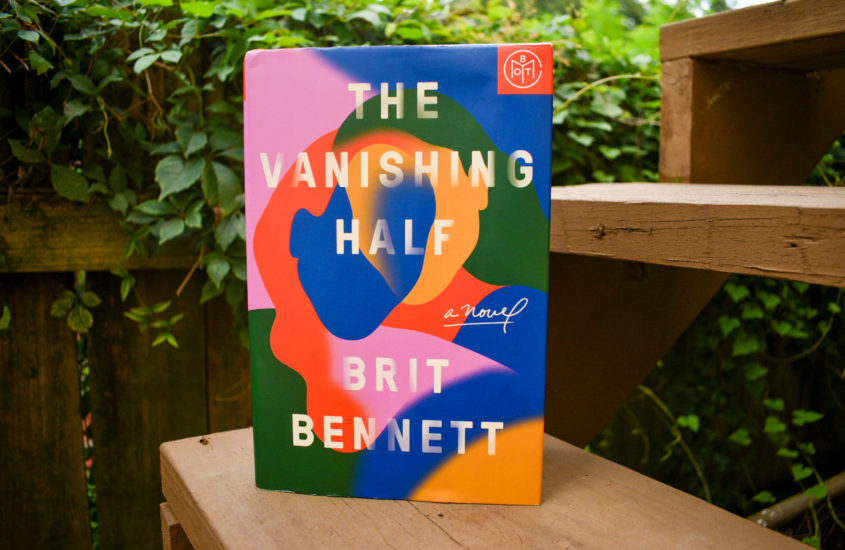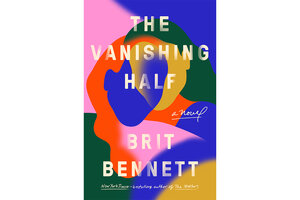

Themes of race, freedom and “passing” suffuse The Vanishing Half. Running into the night, they escape from a script that would inevitably require them to fulfil the role of the Black domestic worker.

Desiree and Stella flee to New Orleans in search of life not categorised by the brunt of Black labour. The Vignes twins subvert the values of the town folk in various ways, first by escaping and eventually by rupturing from one another, their paths diverging, each categorised by its own possibility of violence. The town is described as being for people “who would never be accepted as white but refused to be treated like Negroes”. From its inception, the hamlet in the South has placed value on the lightness of skin and their community’s proximity to whiteness. The town’s residents thrive on the ambiguity of their skin, which leans closer and closer to alabaster with every generation. Part two | Patric Tariq Mellet on culture and identityīennett draws back the curtain on the theatre of race and performance, introducing us to twins Stella and Desiree, who are absorbed by a desire to escape the fictional town of Mallard.Somehow, the Vignes twins believed themselves capable of both,” she writes. “You can escape a town but you cannot escape blood.

Poignant, without pathologising its characters, Bennett’s story delves into what it means to frame Black women as ambitious and violent in seeking to escape oppression and attain their dreams. It does it in a way that refuses and subverts the commonplace idea that solely frames colourism as opportunism, with fatal consequences. Through the story of twins and the hometown that forms them, the novel interrogates the consequences of colourism, racism and “white passing” in Black communities. This skill is central to her sophomore title, The Vanishing Half. Writing for the New York Times, Parul Seghal describes Bennett as “a remarkably assured writer who mostly sidesteps the potential for melodrama inherent in a form built upon secrecy and revelation”. Her narratives highlight the differences between these women, their multiplicity and their complex interior lives.



 0 kommentar(er)
0 kommentar(er)
